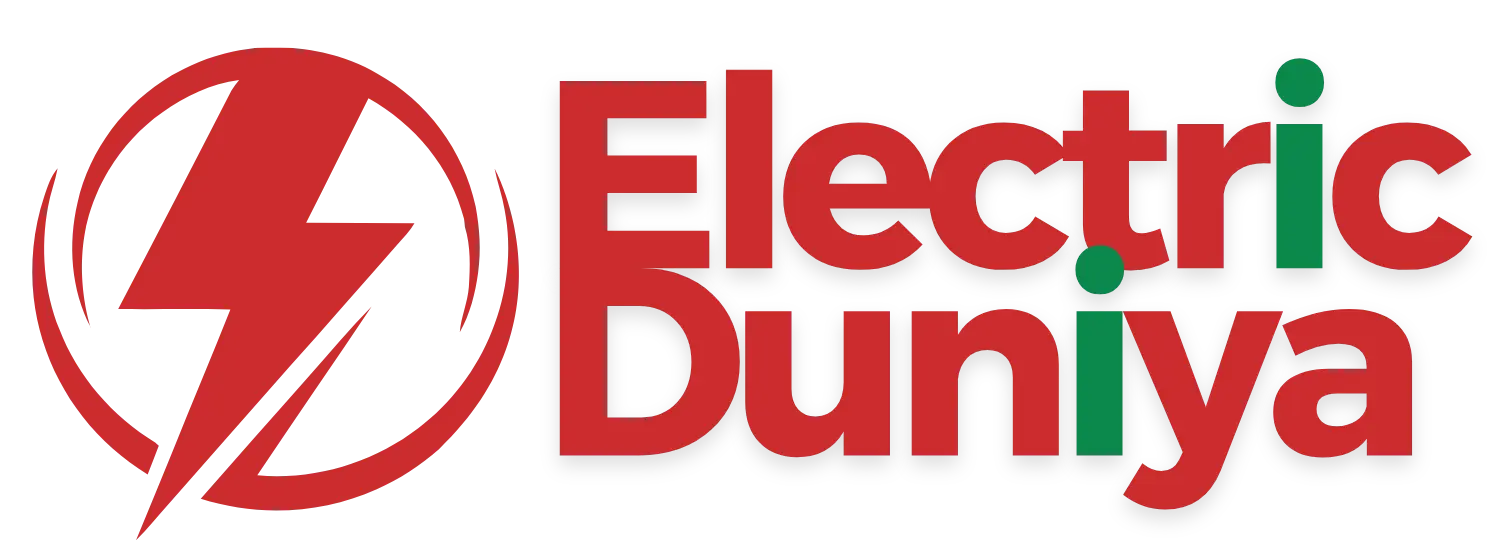Charging Port
A charging port is the interface on an electric vehicle (EV) that connects to a charging station. It transfers electrical energy from an external source into the vehicle’s battery system. This gateway enables efficient and safe battery recharging, powering the EV’s operations.
Overview
The charging port is an essential component of EV technology. It is engineered to handle various charging speeds and power levels. This includes everything from slow charging at home to ultra-fast charging at public stations. The charging port must work safely with various power sources and meet safety standards. This is important for more people to confidently use and buy electric vehicles.
Charging ports support different levels of charging, including Level 1 (slow), Level 2 (faster), and Level 3 (DC fast charging). Standardizing charging ports and increasing their capabilities will improve convenience for electric vehicle drivers. This will also help reduce range anxiety, making long-distance travel in EVs more practical.
How it Works
Charging ports actively transfer electrical energy and communicate with the vehicle. They determine the best charging speed and voltage while preventing overcharging and electrical faults. They use standardized connectors to ensure safe and efficient charging. Charging ports can also provide real-time charging data and alerts. They support various charging modes, including fast charging and trickle charging.
Features of Charging Ports
Key features relevant to EV charging ports include:
- Charging ports help the flow of electrical energy by supporting a wide range of charging speeds.
- The safety of charging ports is improved by the inclusion of protective features such as ground fault protection and temperature monitoring.
- Charging ports are designed to be versatile, considering various types of connectors and standards.
- The efficiency of charging ports is optimized to minimize energy losses during the charging process.
- Durable construction ensures that charging ports can withstand repeated use and harsh environmental conditions.
- Some charging ports have smart technology that allows users to monitor their charging status via mobile apps.
Applications of Charging Ports in Electric Vehicles
Charging ports do more than just recharge electric vehicles. Charging ports support features like preconditioning, which prepares the vehicle for optimal performance. They support the vehicle’s optimal operation even in challenging conditions like extreme temperatures.
For example, on a cold day, a car like the Tesla can use energy from the charging port to warm up its battery, making it more efficient and increasing its range. This shows how charging ports play a bigger role in managing the vehicle.
A good example of an efficient charging port is Tesla’s NACS connector. Tesla’s proprietary NACS connector is an adaptable port supporting both AC and DC charging. It combines a compact design with fast-charging capabilities (up to 250 kW).
Conclusion
Charging ports are an important component of EVs for energy sources. They safely transfer energy, support vehicle systems, and provide convenient and reliable charging, boosting EV adoption. As technology improves, ports will become more compatible, and charging will speed up. This will help create a cleaner transportation system for the future.

